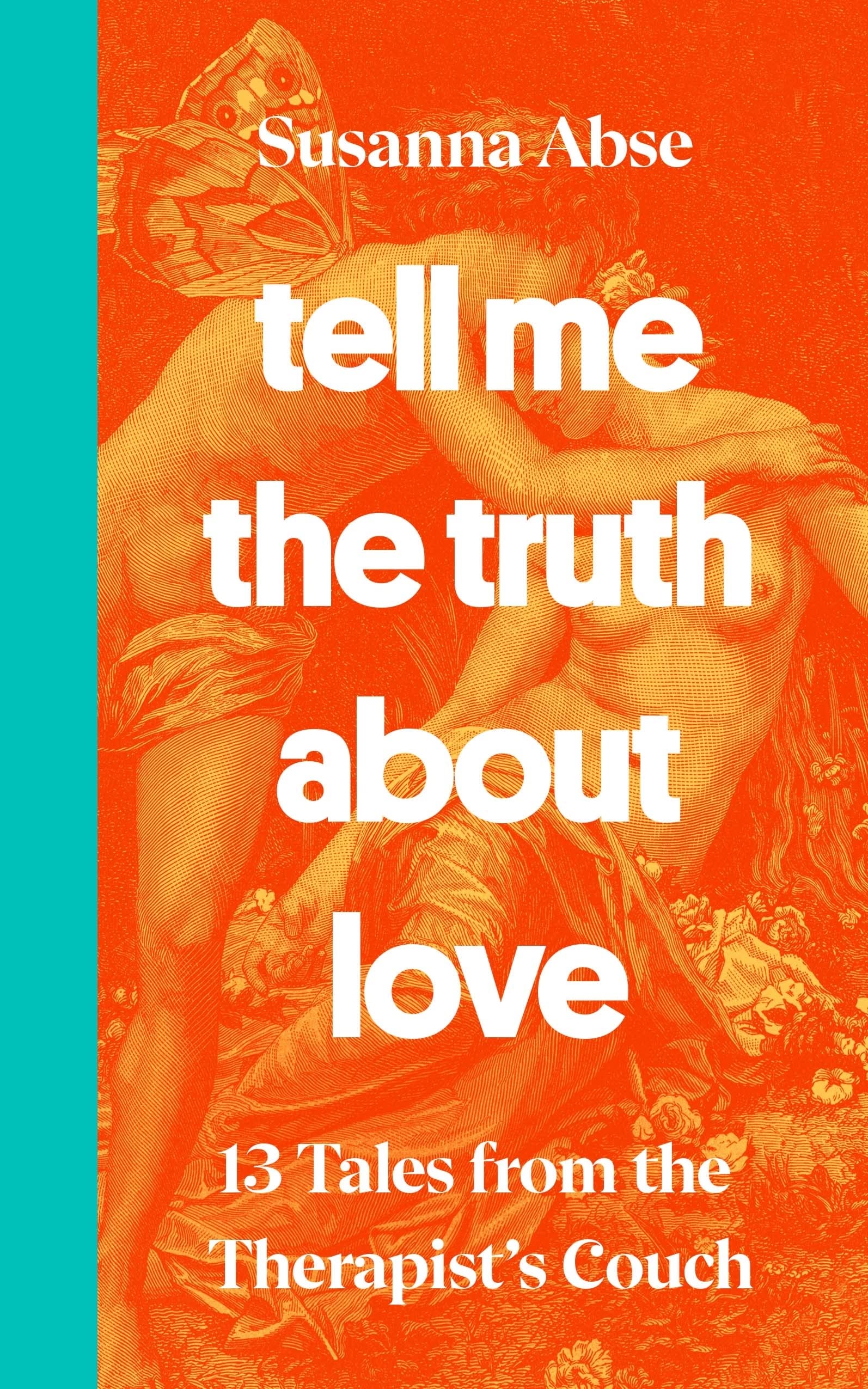Tell me the Truth about Love: 13 Tales from the Therapists Couch by Susanna Abse (Ebury Press, 2022) presents a psychoanalyst’s take on love through the prism of a therapist.
Susanna Abse presents thirteen case studies that portray different areas of problems that couples face. She draws upon three decades of experience as a couple’s therapist. For 30 years she has used techniques of psychoanalysis to help couples gain insight into the issues that they face in their relationship. While relatively faster and result oriented forms of therapy such as CBT for instance, as well as varied eclectic approaches are employed by counsellors and psychologists today, psychoanalytic explorations often lead to a lot of deep insight that have important implications about relationship dynamics.
The book will be of interest to individuals wanting to know more about nuances of romantic relationships. I found the writing style very simple and conversational and one does not need to have any prior knowledge of psychology to understand the concepts and features presented within, though of course, if you are a psychologist reading the book, you’ll have some pertinent takeaways!
In an age of quick fixes and how-to books and tutorials for everything under the sun, I feel that this in-depth exploration of the psychology of relationships, written in very simple jargon free language and completely understandable by common people, will give readers worthy content and food for thought.

In the book she presents a slice of case studies that encourage the reader to view their relationships with a more empathic point of view. Sharing stories and experiences of the intricacies and different layers of couple relationships have interesting and often insightful takeaways for readers.
Readers from a non-psychology background will also connect with the book. However, for those from a psychology background, there will definitely be additional takeaways. As a psychology student or a psychology professional or therapist, it is a taken that one has studied about the psychoanalytic approach. Against this background, the reader would be able to understand deeply the nuances of this technique in operation with actual case studies. For example, the principle of transference where the therapists’ own feelings about a client reflects what the client them-self feels about therapy. Through the case studies one understands how Psychoanalysts pay attention to the feelings that clients evoke within them and the kind of relationship they build with the client. This can give clues about the clients’ inner world and how they construct their relationships. The reader will also see how projection plays out in couple’s therapy, where one part of a couple’ projects’ on the counsellor, what they feel on their “better half”.
Within the realm of psychotherapy, the technique of psychoanalysis itself is a specialized area. Since it involves a lot of exploration and talking, one may feel it often moves around in circles. As we understand from the book, the deep insights that this offers are sometimes really life changing. Reading this book makes me also appreciate the potential of this technique.
This is not to say that psychoanalysis is always successful. There are cases that are stuck, and there could be myriad reasons for them being so. Susanna quite openly and honestly throws lights on these cases as well.
Susanna has a very compassionate and non-judgmental voice and that tone pervades the book. Moreover, whilst the book is rooted in the theoretical world of psychoanalysis at no point it seems that it is difficult or jargon-filled.
It probably feels appropriate that I bought this book from the Sigmund Freud Museum, located in London. One of the highlights of the museum, which was the last residence of Sigmund Freud, whose works formed the basis of psychoanalysis, is the famous ‘couch’ on which his patients lay, as they recounted their innermost thoughts and feelings. I can well imagine Abse’s clients sharing the innermost details of their lives to her non-judgmental ear!




